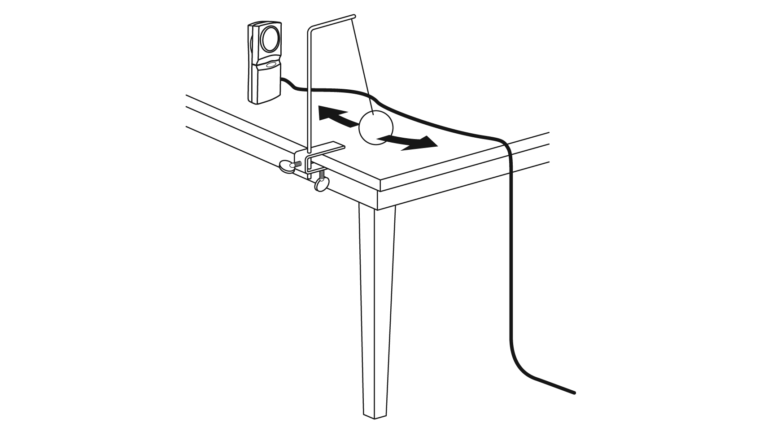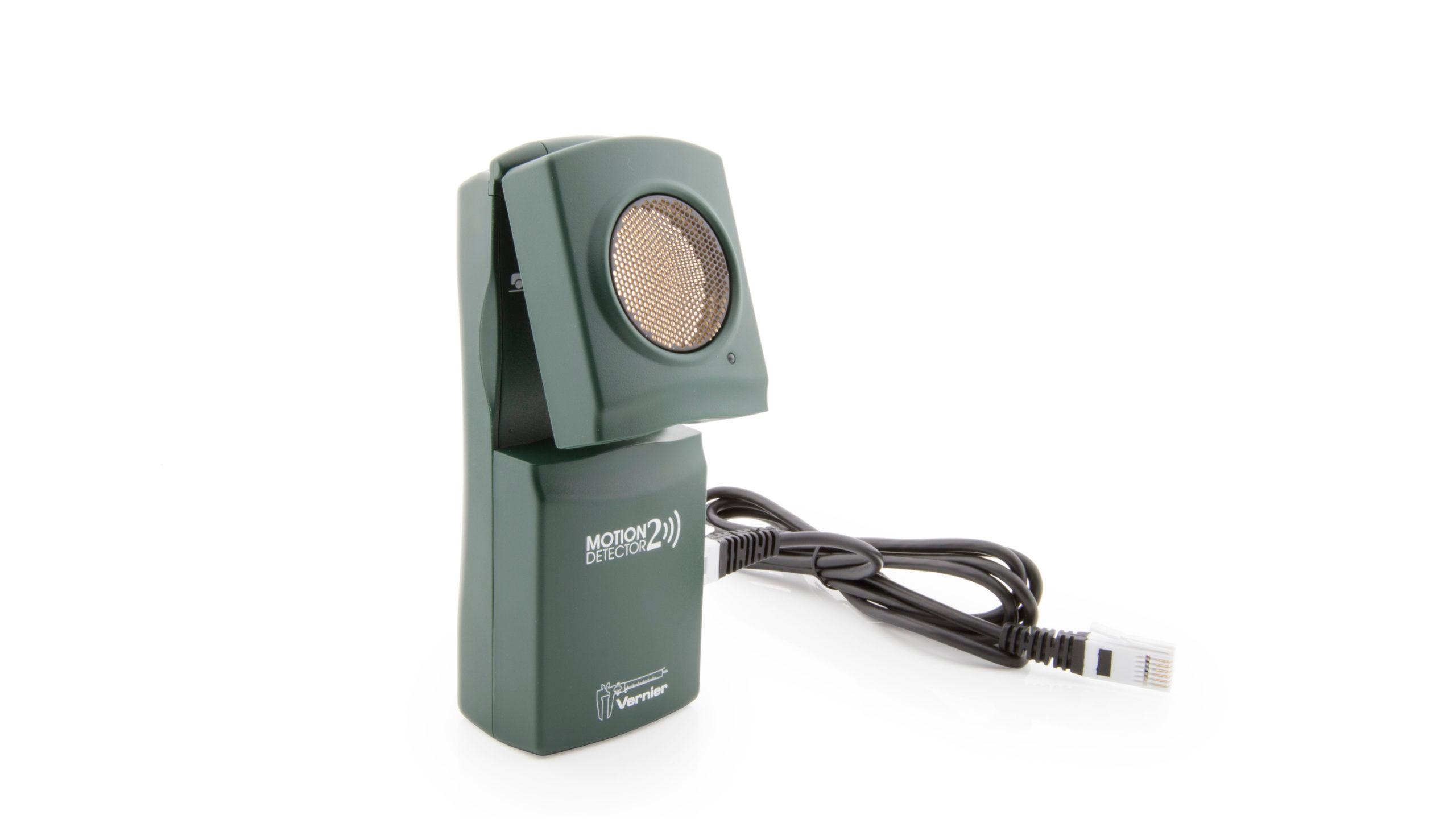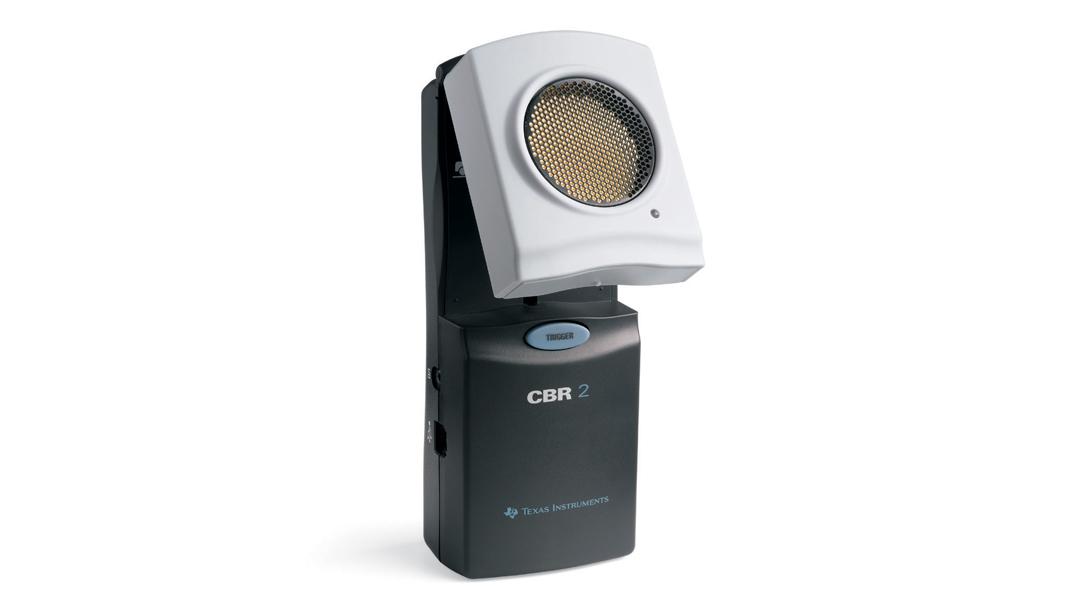Clock Design: Period and Length of a Simple Pendulum
Experiment #29 from Real-World Math with Vernier
- Education Level
- High School

Introduction
The pendulum is the heart of many clocks used in the last four hundred years. Pendulum clocks can be larger or small, but they can keep fairly accurate time. Have you noticed that short pendulums beat more quickly than long pendulums? The time for one complete cycle of a pendulum is called the period. A typical grandfather clock has a pendulum with a length of about a meter, with a period of about two seconds. The clock built by Thomas Tompion in 1675 for the Royal Observatory in Greenwich, England, had an extraordinarily long pendulum of about four meters. The period of that pendulum was about four seconds. How does the period of the pendulum depend on its length? In this activity you can explore this relationship.
It turns out that the period of a pendulum is nearly independent of its amplitude, as long as the amplitude isn’t too big. So, by measuring the period of a pendulum as a function of length, you can determine the relationship.
Objectives
- Record the horizontal position vs. time for a pendulum.
- Determine the period of the pendulum motion for various pendulum lengths.
- Determine the relationship between pendulum period and length.
Sensors and Equipment
This experiment features the following sensors and equipment. Additional equipment may be required.
Option 1

Option 2

Ready to Experiment?
Ask an Expert
Get answers to your questions about how to teach this experiment with our support team.
- Call toll-free: 888-837-6437
- Chat with Us
- Email support@vernier.com
Purchase the Lab Book
This experiment is #29 of Real-World Math with Vernier. The experiment in the book includes student instructions as well as instructor information for set up, helpful hints, and sample graphs and data.

